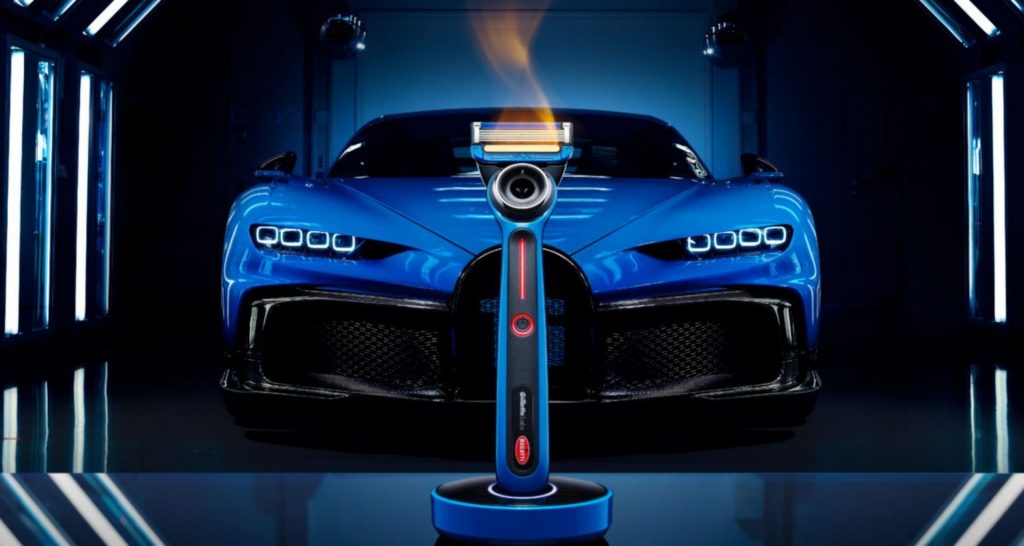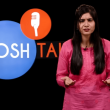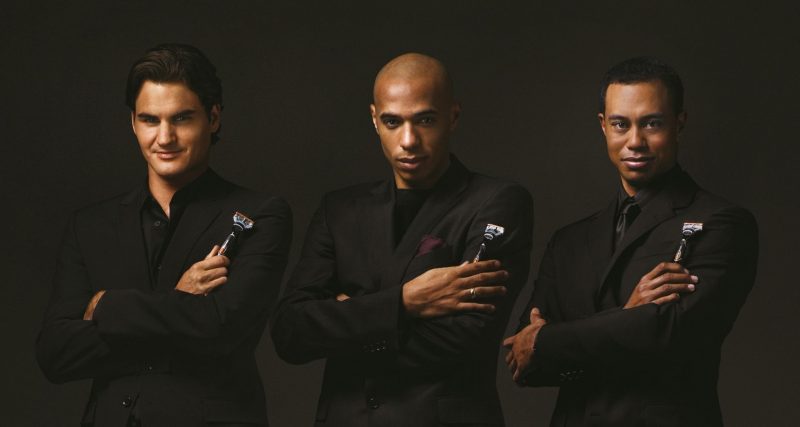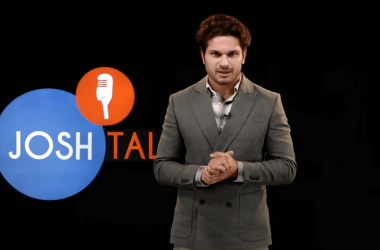Gilette is one such brand that you have most definitely heard of, either through your parents, your friend circle, or different commercials. Overall, these years, Gilette has become a common household name, with its popularity being all across the demographics. Additionally, Gilette has become a part of the hierarchical journey in the family as it is being passed on from one generation to the other generation and may be in use by the upcoming generations.
How Did Gilette Evolve?
The initial innovators of the grooming sector, as well as the barbershop industry, were King Camp Gillette with his fantastic razor. In the late 1800s, facial patterns were fast evolving. Longbeards were gone, replaced by clean chins and cheeks and a well-kept mustache. Men could go to the barber twice or three times a week to get this look, or they may shave, which could be risky.
King C. Gillette noticed his permanent blade razor was dull and needed expert sharpening while standing at his sink in the early morning. In that time of frustration, he realized the only section of his blade that was required was the most acceptable bit of the tip. He saw that point on a flattened piece of steel, sharpened on both sides, and produced that blade at such a low cost that it could be replaced quickly and rapidly. The innovative disposable razor blade and handle from King C. Gillette promised men safety and personal freedom in achieving their preferred looks.
ADVERTISEMENT
The production of the Gilette razors began in 1903, and on November 15, 1904, Gillette received his patent. Despite a torrent of imitators, the Gillette Company was successful, and King Gillette departed from management in 1913. Despite his tremendous commercial success, Gillette remained an anti-capitalist utopian and ardent supporter of social engineering. He wrote and financed works on the issue, including The Human Drift (1894), Industrial Solution (1908), and World Corporation (1909). The Gillette Company still exists as a division of the Proctor & Gamble Company, despite personal fortune being lost by the 1929 stock market crash.
Furthermore, Gillette did not begin to play the razors-and-blades game until 1921, when the 1904 patents expired, though the facts are more attractive. The replaceable-blade market was segmented before the expiration of the Gillette patents. Gillette occupies the high end with razor sets priced at $5.00, and other brands like Ever-Ready and Gem Junior occupy the low end with sets priced at $1.00.
What Is This Razor Blade Strategy Of Gillette?
Everyone is familiar with this business model. If you have ever bought razors and new blades, you must know that replacement blades are pricey, but the razor handles are essentially free. The Razor Blade Model involves giving away or heavily discounting a core product, hoping customers will buy the more expensive dependent products.
ADVERTISEMENT

The razor-blade model is a simple pricing strategy in which a dependent good is sold at a loss (or at cost) while a linked consumable good generates the profits. The pricing and marketing strategy, often known as the razor and blades business model, is designed to produce consistent, recurring revenue by tying a customer to a platform or proprietary technology for an extended length of time. It is frequently used with consumables like razors and their specific blades. The idea is comparable to the quote and freemium model, in which digital products and services (such as email, gaming, and chat) are given out for free to charge later for improved services or more features.
How Is Gillette Still Surviving In The Market With Such Tough Competition?
Competition is the greatest challenge to the razor and blades business model. Companies may try to keep their monopoly on consumables (and their margins) by restricting competitors from providing products that complement their durable goods. For example, the manufacturers of computer printers will make it difficult to use third-party ink cartridges, and razor manufacturers will prohibit cheaper generic blade refills from fitting their razors. Firms can use trademarks, patents, and contracts to limit competition long enough to become the industry leader. They were offering a product typically a one-time purchase (such as a DVR, video gaming console, coffee machine, or e-Reader) that results in some revenue loss for firms.
However, once a consumer purchases one of these products that necessitate future purchases, that money is recovered. Businesses are not only likely to cover the cost of what they gave out, but they are also likely to exceed it significantly. For example, buying a video game system for $249 seems like a good deal, right? The company might quickly recoup its costs by selling the equipment twice as much, but they don’t. They know they can charge $50-60 for each video game and $25- 50 for online subscriptions, among other add-ons, because they know they can charge $50-60 per video game and $25-50 for online subscriptions. The brand had outperformed the system and the amount they might have paid in a short period and made a nice profit.
ADVERTISEMENT
Businesses have to apply the Razor-and-Blades model in their Start-Ups. A proprietary interface that permits just one model of a specific consumable brand (here, the blade) to connect and function with one model of a particular brand of durable product is the most evident facilitator of effective razor-and-blades lock-in (the razor). Not only can such an interface be patent- protected, but it must also be designed in such a way that customers cannot efficiently or effectively work around it. A high-exit-cost contract binding consumers to the continuing purchase of a specific model and brand of consumable goods or service in exchange for an upfront subsidy on the durable component of a razor-blades system is a second technique to lock in customers. A good example is the mobile phone plans of the not-too-distant past: A heavily subsidized mobile handset could be obtained (sometimes for free) in exchange for a two-year commitment to continue with the mobile operator and pay (a relatively high) monthly service cost.
Conclusion:
Companies in various have long utilized Razor-and-blades pricing industries to lock in customers through various technical, financial, and behavioral factors and then achieve higher profits on a multiperiod stream of consumable sales.
The viability of razor-and-blades pricing is being called into doubt by a number of forces, including social media, better-informed customers, greater openness to open standards, cultural differences in intellectual property rights, and long and information-leaked supply chains.
There is a growing chance to disrupt the razor-and-blades pricing strategy through innovations in financing (as opposed to price), value proposition, and value delivery.
Primary image reference: presseportal.de
Bonus Tip: Consider doing fun and different activities every day. This has proven to be a very strong point for many people to turn their day around. Try adding small elements to your daily routine that will have a tiny positive effect on your life. Watching a funny video, reading an inspirational quote, and visiting fun sites like fortune-telling websites, could have a positive effect on your life.








